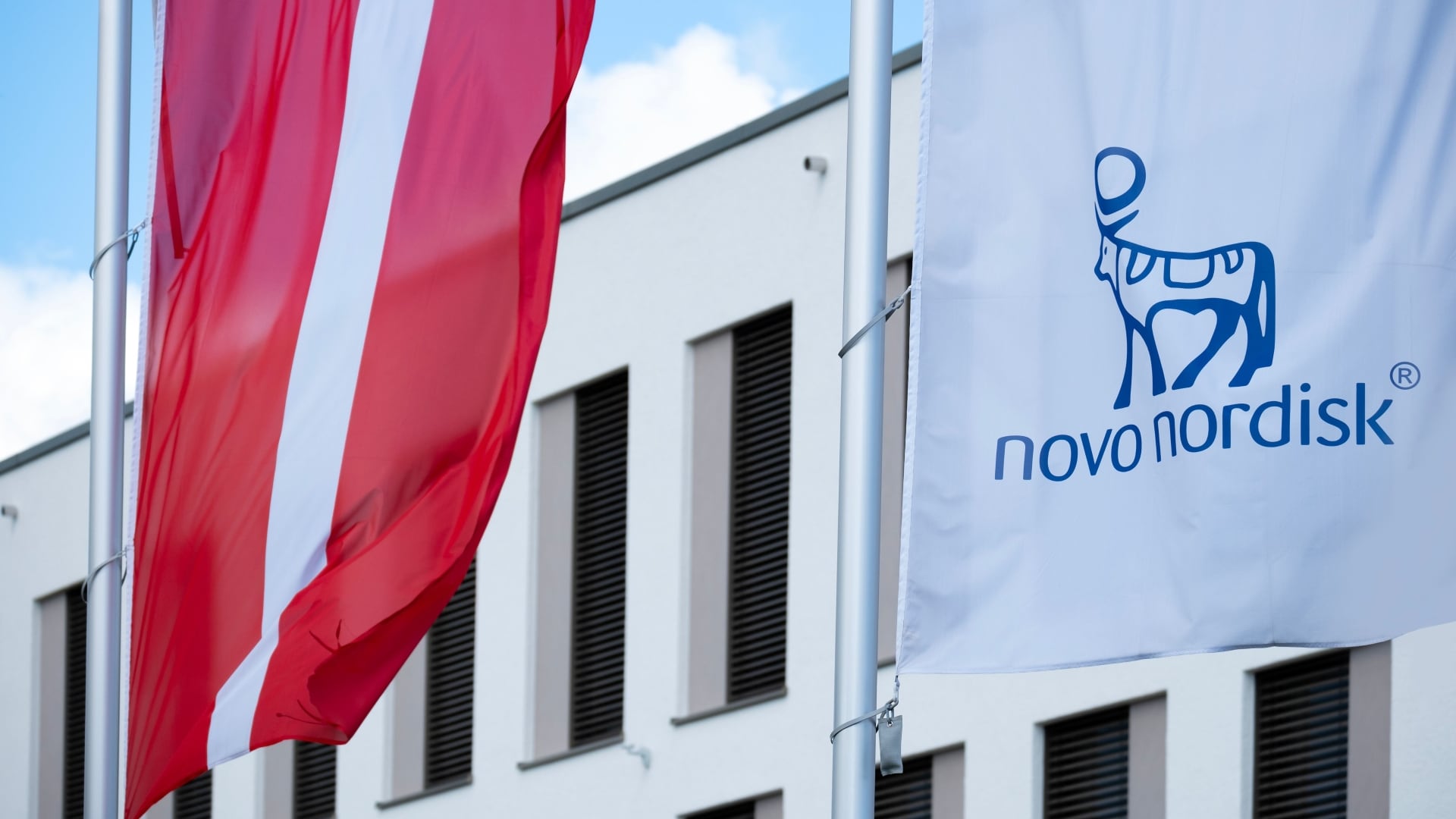Employees have had to rely on enterprise communication platforms more than ever to keep businesses running in 2020, especially as stay-at-home orders became commonplace during the coronavirus pandemic.
Even though many people have begun to return to the physical office, a recent Gallup poll showed 58 percent of the workforce still is working remotely at least part-time. As things slowly return to normal, hopefully by the second half of 2021, the success of virtual communication tools may make them a necessary aspect of global businesses.
"Companies saw the importance of connecting everyone, not just [knowledge] workers," explained Julien Codorniou, Workplace vice president. "That value proposition, that ability to turn your company into a community, resonated. It created an acceleration in demand."
Workplace and Codorniou bet that 2020 would be the year of video communication and the enterprise communications platform's investments paid off more than they could have predicted.
Workplace reached five million paying users in March 2020, the last time the company announced figures. Clients include Walmart, Starbucks, Spotify, and Nestlé. It launched Workplace Rooms early in the pandemic, video meeting spaces with unlimited time for up to 50 people, as well as production tools for mobile, live Q&A formats, and live captioning. It also added integrated features with Facebook device Portal, which Codorniou pointed out was a natural fit. "The new world we live in really demanded that," he added.
In 2021, Codorniou believes work communication will take a different direction. Instead of constant messages, we'll need tools to help us find separation from work. Platforms will have to allow for what he calls an "async" schedule, short for asynchronous, Conversations will take place at the most convenient time, instead of instantaneously.
"The world is tired of always-on communication," Codorniou pointed out. "We need to let people digest information."
The Growth of Enterprise Communications
Alongside Workplace, other business communications tools have boomed throughout the pandemic. Zoom's shares are up nearly 500 percent compared to this time last year. Microsoft announced during its latest earnings report in October that its Microsoft Teams collaboration software hit 115 million daily active users, up 53 percent from April.
Meanwhile, Salesforce acquired Slack for $27.7 billion in December. This bolsters Salesforce's position on how they control the workflow for the modern business, digital creative agency Code and Theory CTO Dave DiCamillo said via email.
"They want to ensure that you don't have to leave their product suite to get all your operational tasks done," DiCamillo said. "And as the dominant new workflow management product, Slack integrating deeper in Salesforce will provide that exact experience in the long-run."
It also emphasizes Salesforce's belief that more employers will encourage work-from-home options in the future.
"The events of this year have greatly accelerated the move by companies and governments to an all-digital world, where work happens wherever people are — whether they're in the office, at home or somewhere in between," Salesforce said in a statement.
It seems workers want that too. A recent study from Slack showed most employees saw benefits from the remote work experience, including a higher sense of work-life balance and productivity. Almost three-quarters of the survey respondents wanted a flexible work-from-home or office model.
That will require enterprise communication companies to continue to develop their tools. DiCamillo cautioned that Salesforce could ruin Slack if it doesn't continue to invest in it. He compared it to when group chat service HipChat was acquired by software company Atlassian. The company was an early enterprise communications tool when the deal was announced in 2012, but failed to compete in the marketplace when more competitors, including Microsoft Teams and Slack, emerged. Eventually, Slack bought the codebase and related assets of HipChat from Atlassian in 2018.
"What users of Slack need to watch out for is the limitation of the product over time, to no Salesforce subscribers or a lack of product development/advancement as Salesforce works towards their goals," DiCamillo said. "So we hope there is no degradation of the product short or long-term."
If remote work becomes the norm, there also will have to be more boundaries from employers and the platforms themselves. Companies need to make it possible for people to find separation from work, especially while their desks are at home. With people working across countries and sometimes time zones, it's hard not to respond immediately when you hear a ping or see a notification come across your mobile device.
"It causes a lot of pressure on people to be always on," Workplace's Codorniou said.
Codorniou suggested there needs to be designations to indicate which messages need an immediate response and which can be filed for later. Systems need to be aware of nighttime hours, and the platforms need to offer more flexibility between strict meetings and optional ones.
"We'll see the move from real-time to async, because that fear of missing out puts a lot of toxic pressure on people," he pointed out.
Updated December 22, 2020 at 1:30 pm ET after receiving clarification that Julien Codorniou was referring to "knowledge workers," not "essential workers," when discussing the importance companies found in connecting everyone, not just a select group of employees.








